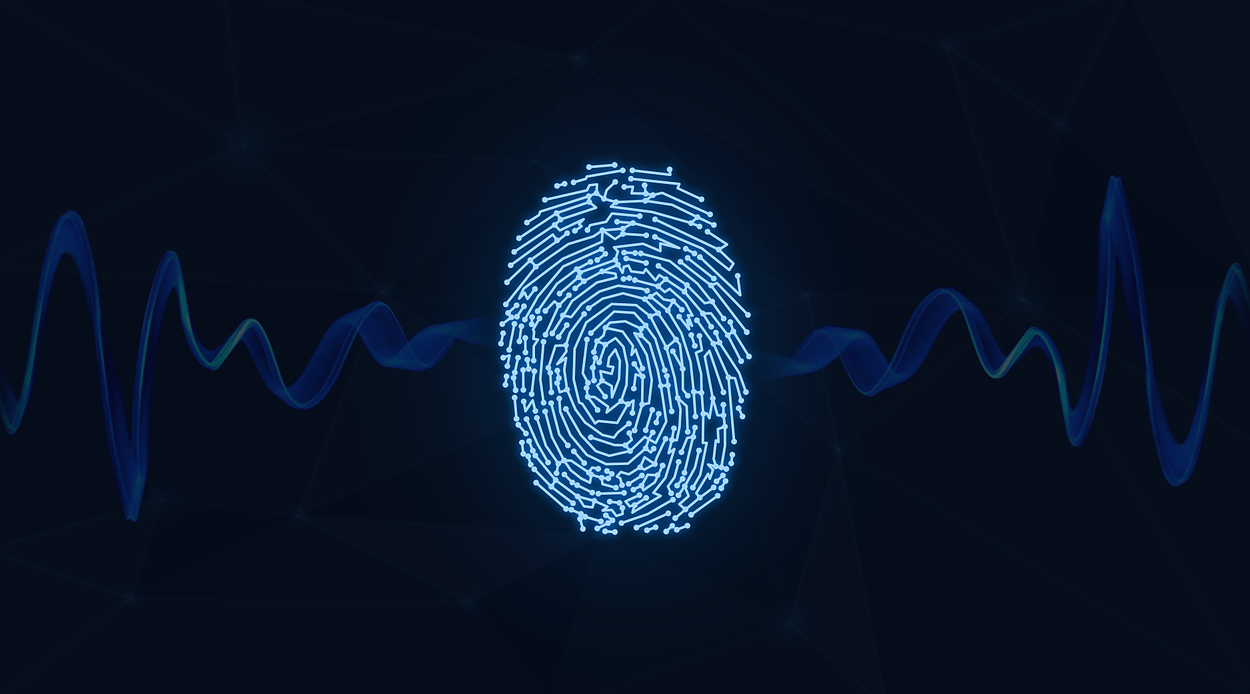Watermarking the Future: How Audio Fingerprints Could Define AI Music Transparency

The Need for Traceability in AI Music
As AI-generated music becomes more common, one big question keeps coming up: how do we know what’s real? With tools capable of creating radio-ready songs in seconds, it’s increasingly hard to tell whether a track was made by a human, an AI, or a mix of both. That’s why the industry is turning to audio watermarking—a way to embed invisible, tamper-proof markers in sound files that reveal their true origin.
What Are Audio Fingerprints?
An audio fingerprint works like a digital signature. It captures unique patterns within a song—such as spectral features, timing, and frequency peaks—to create a short code that identifies the file. When combined with watermarking, these fingerprints can confirm whether a song was generated by AI, modified, or entirely human-made. The best part? They’re inaudible to listeners but traceable through detection tools, making them ideal for copyright tracking and authenticity verification.
Why Watermarking Matters for AI Music
For years, AI platforms have trained on massive datasets without clear licensing or attribution. Watermarking changes that dynamic by adding accountability. If every AI-generated track included an embedded identifier, it would be possible to trace its source model, generation date, and even its licensing framework. This not only protects artists but also helps labels and streaming platforms manage rights and royalties more transparently
Detection and Watermarking: A Perfect Match
Detection tools and watermarking systems work hand in hand. While AI music detection identifies whether a track includes synthetic or machine-generated elements, watermarking confirms where it came from. Together, they create a feedback loop of transparency,detecting, verifying, and documenting every layer of a track’s creation process. This combination could become the standard for ethical AI music distribution in the coming years.
A Transparent Future for AI Creativity
As AI and music continue to merge, trust will be built on proof of origin. Audio fingerprints and watermarking won’t just serve as security tools—they’ll become part of how music is made, shared, and monetized. The future of AI music isn’t just about how songs sound—it’s about how clearly we can trace where they come from. And that’s exactly where AI Music Detection leads the way: building the tools that make creativity transparent.
